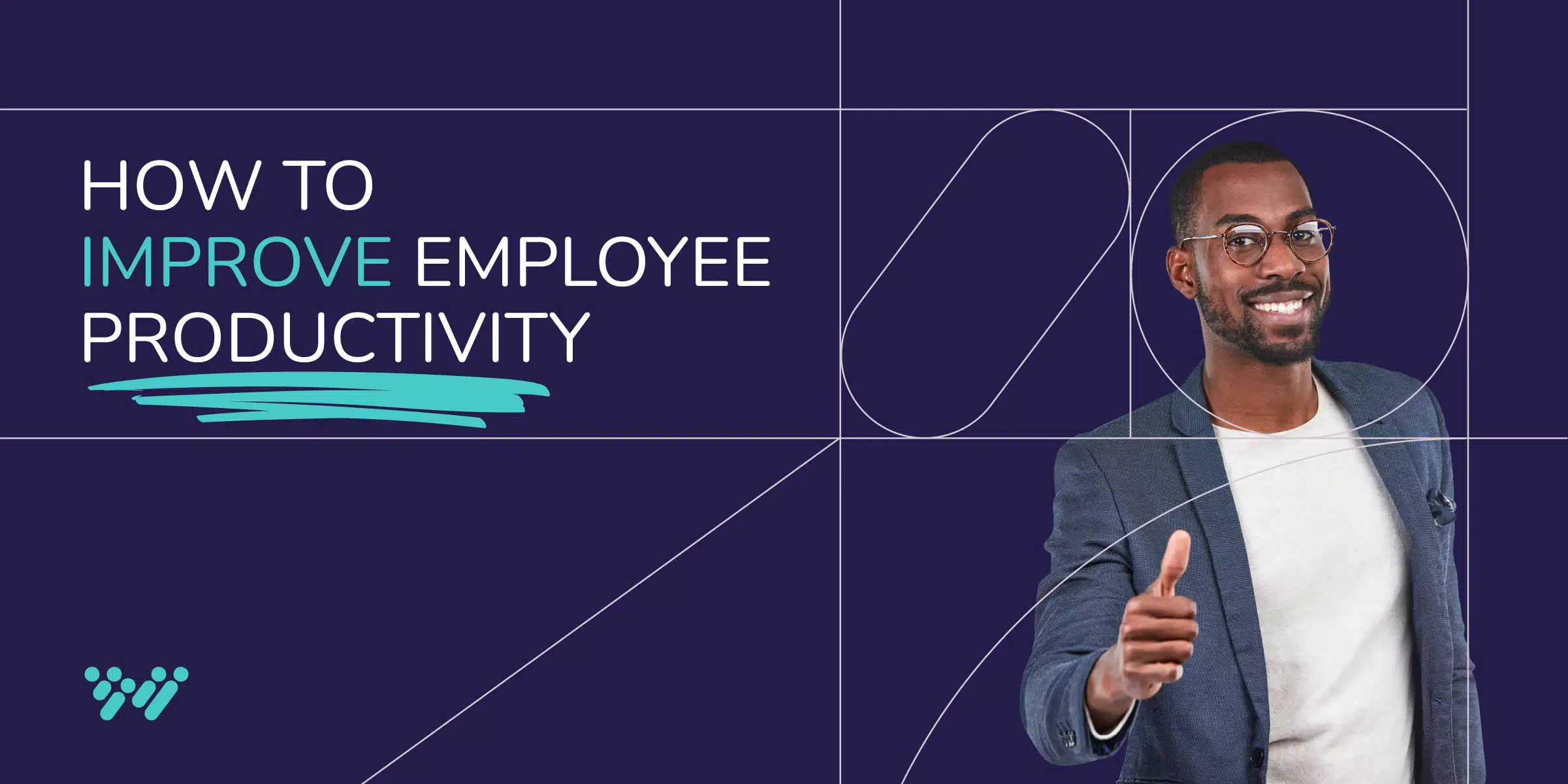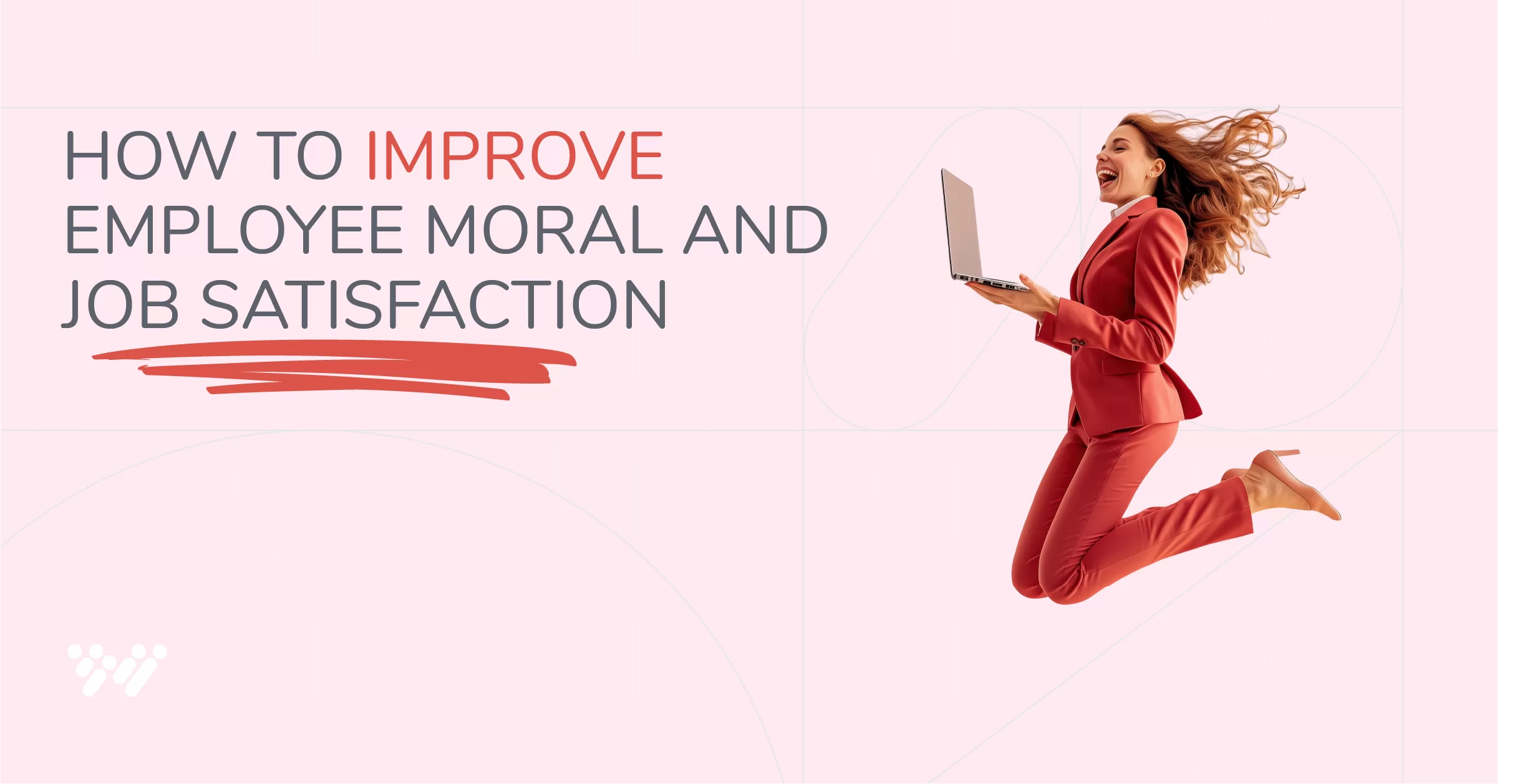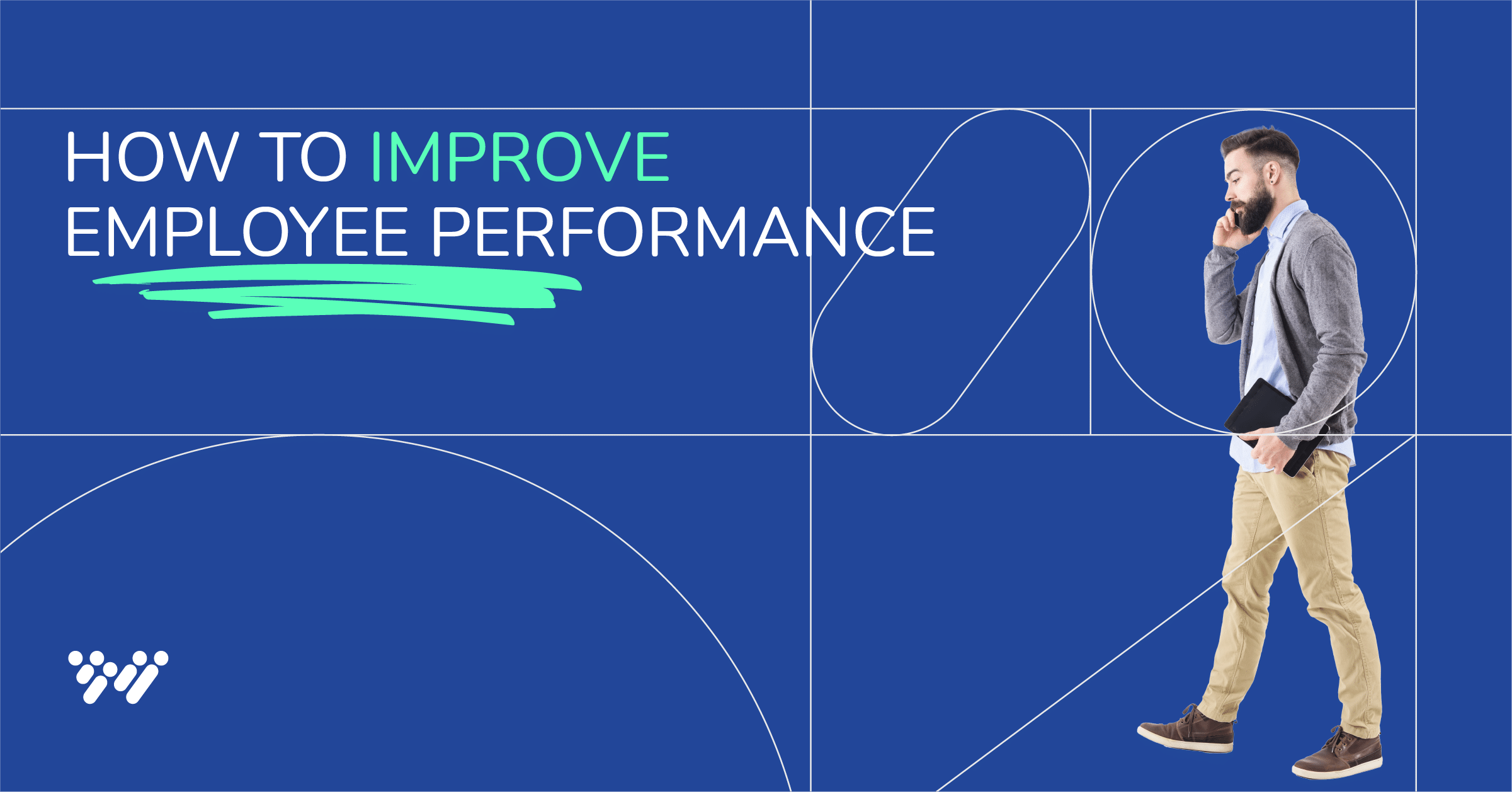Finding the right candidate for your open role is like finding a needle in a haystack. Sifting through countless resumes, arranging interviews, and working out whether your potential new hire has the right skills and culture fit can take anywhere from a few days to several months, depending on the role and organization.
With the time it takes to hire a new recruit taking longer than ever, the pressure of finding the ideal recruit while juggling other HR duties can be overwhelming — to say the least.
Plus, making a bad hire can cost a lot (around $87,000 when you add up expenses like recruitment fees, onboarding costs, and salary). This means striking the right balance between finding someone quickly while maintaining quality isn’t a nice-to-have; it’s a must-have for reducing overhead and staying productive.
In this blog, we explore how to speed up the hiring process while ensuring smart hiring decisions. Discover six strategies to save time and effort, enabling you to efficiently find the talent your organization needs.
Table of contents
Why it’s important to speed up your hiring process
A slow and complicated hiring process can create real problems for you, your organization, and your new hire. Let’s explore why.
Candidates won’t wait around forever
Have you ever applied for a job only to hear crickets for weeks on end? So have your candidates. If applicants have to wait too long between sending their completed applications and receiving feedback, they may lose interest and motivation. This can lead to them accepting offers from competitors with faster recruitment timelines.
There’s an opportunity cost to vacant roles
Vacant roles can disrupt workflow and lower productivity. Taking too long to hire slows your team’s progress with important deadlines, projects, and initiatives. Plus, when employees have to do extra work to make up for empty positions, they can be less efficient and more likely to burn out, potentially increasing sickness, absence, and turnover.
Time is money
With 82% of businesses struggling to speed up their hiring process, a slower time-to-fill can increase recruitment costs, such as agency fees and advertising expenses. When the hiring timeline drags on (and on), these expenses quickly add up. Plus, considering advertising costs have risen by over a third on average, the financial impact of a drawn-out hiring process becomes even greater!
Six steps to speed up the hiring process
Yes, the hiring timeline can be lengthy. Yes, many things are out of your control (things like pandemics, budget, talent shortages, and the fickle whims of human nature), but the good news is that the time-to-fill metric — how long it takes recruiters, on average, to fill a role — dropped dramatically from 89.1 days in January to 82.5 in February 2024. This indicates a notable improvement in the hiring speed, which is promising for employers and candidates. Let’s explore how to shrink that metric even further.

Step 1: Simplify the application process
Did you know that 92% of people never finish an online job application because it’s too long or complicated?
Asking candidates to jump through hoops by making them fill out the same information again and again or just having a confusing user experience can increase applicant drop-off rates. Also, asking for unrealistic qualifications or requiring multiple rounds of candidate interviews can further frustrate candidates. Don’t incentivize candidates to seek opportunities elsewhere.
Here’s a tip: You can narrow down the highest-potential applicants sooner with candidate-screening software to disqualify those candidates who lack the necessary skills and potential. Then, you can dedicate your time to the highest potential applicants. This will help you not only improve the average hiring time but also make better hiring decisions.
Simplify the application process by:
- Minimizing the number of candidate questions. Remove redundant questions and tasks to make the application shorter and more user-friendly.
- Guiding qualified candidates through each stage of the process. Give clear instructions about what information to include and what steps to take next.
- Providing an option to save their progress and return to the application later if they can’t finish it in one sitting.

Step 2: Keep a digital bench of “near-fit” candidates
It might not be your top priority, but keeping an up-to-date record of promising candidates who almost made it can be extremely valuable for future openings. Revisiting and reconsidering near-fit candidates (also known as runner-ups or silver medalists) who showed potential but weren’t selected previously can save time and costs associated with readvertising and rescreening.
Rather than starting from scratch with each new vacancy, take a proactive approach to hiring. Maintaining a database or “digital bench” of individuals who previously expressed an interest and are already familiar with your company can help speed up hiring for your next vacant role.
Step 3: Find ways to make applying interesting or fun
42% of workers feel stressed when trying to express themselves appropriately — and research (and more research) consistently shows that recruiters spend only about 6-8 seconds reviewing resumes — so why not offer applicants a more engaging way to showcase their skills and personality?
One way is to ask for video resumes, which can also reduce the monotony of sifting through numerous online resumes. Candidates who meet the criteria outlined in the job description and are considered capable of the role can showcase their skills, enthusiasm, and personality.
This might even capture your attention, as it’s a more dynamic way to evaluate candidates than the traditional resume screening method. There are other ways, as well, to make the candidate experience more interesting, but just make sure you don’t waste candidates’ time. Gamified pre-hire tests, for example, might be quicker and more fun for candidates, but most aren’t backed by the same scientific rigor as other assessments.
A note of caution: Make sure any video tool you use doesn’t use AI to evaluate candidates’ voices or facial features, as this can lead to bias and discrimination. You want candidates to finish their applications, feeling the company appreciates them and their individuality.
“I like the [Wonderlic] assessments because it makes me feel as if the company actually cares about knowing the people they are potentially hiring.”
— Wonderlic Select test-taker
Step 4: Maintain good communication
With recruiting managers and HR teams asked to do more with fewer resources, recruiters have less time to communicate with candidates. This can lead to a negative applicant experience, delays in the recruitment process, and missed opportunities to secure top talent.
Get feedback from candidates about their experience with the recruitment process to improve communication with individuals. Identify good practices, such as providing clear job descriptions that reduce misinterpretation and offering personalized communication. Let’s face it: No one wants to read an email starting with “To whom it may concern.”
Secondly, encourage qualified candidates to ask questions — and answer those questions — to foster open communication and build rapport throughout the hiring process. Respond to inquiries promptly with simple language that ensures clarity and transparency. This can speed up and improve the hiring process by minimizing misunderstandings and keeping candidates engaged and well-informed throughout.
Step 5: Leverage the best recruitment technology
When it comes to hiring, applicant tracking systems (ATS), pre-hire tests, and other candidate screening and HR tools are invaluable. These technologies save time and reduce manual effort by automating repetitive tasks such as resume screening and scheduling interviews.
Leveraging HR tech to speed up the hiring process allows you to focus energy on more strategic aspects, such as candidate engagement and workforce development, giving you a competitive edge.
Take it from Jeff McDonald, Director of HR at Sweetwater Sound, who implemented Wonderlic, a multi-measure pre-employment assessment tool. “When you can find something that gives you better hires and saves money at the same time in this economy, it’s a big win.”
HR technology offers valuable insights and analytics, helping you make data-driven decisions such as:
- Improving diversity and inclusion strategies. Identify gaps and prejudices in your hiring processes and implement targeted diversity and inclusion initiatives, such as anonymized resume screening. Bring in more candidates and increase the likelihood of finding the right fit more quickly and efficiently.
- Enhancing employee retention. Hiring the right person from the start, considering factors like motivation and ability, reduces turnover by ensuring they enjoy and can perform the job well, preventing frustration.
- Evaluating the success of recruitment strategies. Hire faster by tracking the performance metrics of various recruitment channels, such as job fairs or social media platforms, and allocate resources effectively.
Step 6. Ask for feedback
Considering just 26% of businesses regularly gather feedback from new hires about their recruiting process, asking for feedback on your hiring process is a huge step toward improving your recruitment process. Where did the candidate get frustrated? What ultimately led to them accepting the offer or taking a position somewhere else? Having data helps you make tweaks and optimize over time.
How Wonderlic helps with hiring
A streamlined recruitment process
Ramp up your hiring process for a faster time to fill: Wonderlic Select simplifies your recruitment processes and eliminates time-consuming and complex procedures. Give qualified candidates a user-friendly recruitment experience and provide recruiters and hiring managers with highly predictive insights into future performance.
By combining three dimensions of candidate fit — cognitive ability, personality, and motivation — into one easy-to-understand test, candidates don’t have to deal with multiple assessments or complex shortlisting processes. Plus, recruiters receive a single score for candidates specific to the role they’re applying for, making it more straightforward for the hiring team to pinpoint highly qualified candidates.

Improve retention
Considering almost half (46%) of all new hires fail within 18 months, our customizable assessment improves employee retention rates by identifying candidates who are not only qualified for the job but also align with the company’s culture and values. By tailoring assessments to specific job requirements, you can increase the chances of hiring individuals who perform well and remain in their roles for longer.
Reduce bias
Wonderlic Select gives you a complete and unbiased view of qualified candidates. Understand the pros and cons of each applicant and tailor candidate interviews based on strengths and opportunities for growth between your top candidates.
“Wonderlic has helped us to evaluate our candidates in a way that demonstrates their abilities outside of what we can see in an interview! This has been a game changer in ensuring we choose the best candidate, and it allows us to ensure we are looking at candidates more holistically.”
— Amanda, Agent, State Farm Insurance
Uncover potential
Bear in mind that hiring processes are not just about finding the perfect candidate but also about recognizing people willing to learn and grow. Our world-class pre-hire assessment provides valuable insights into performance today and in the future.
Running the numbers
One last thing: If you’re looking to calculate employee turnover for your organization, check out our Employee Turnover Calculator. Use this calculator to identify and measure underlying turnover causes and see how your turnover compares to others in your industry.
Get a Demo of Wonderlic
Ready to speed up your hiring process and uncover the needle in the haystack? Get started with a demo of Wonderlic.
FAQs
Leverage technology to accelerate your recruitment process. Pre-hire assessments like multi-measure tests help you instantly identify top candidates, ensuring faster responses to applicants to keep them engaged and motivated.
With a multi-measure assessment, you can quickly evaluate candidates’ cognitive abilities, personality traits, and motivation relative to the open role to make informed decisions. This improves the speed and accuracy of candidate evaluation and also reduces employee churn by ensuring fit from the start.
Discover how Duracell improved employee retention by 400%.
According to The Josh Bersin Company, the average hiring process now takes 44 days, up from 43 a year ago in Q1 2023. Additionally, industries like energy, defense, and professional services face longer recruitment times due to specialized roles and small talent pools.
Multi-measure assessments can help make this figure shorter. Meg Collins, Aveda’s HR Director, used a multi-measure test to reduce screening time by an impressive 75%. (Not only that, Collins expects to save at least $21,000 in recruiting and training costs).
By leveraging technology to streamline recruitment steps, such as screening and assessing applicants, conducting candidate interviews, and maintaining effective communication, you can fill open positions more quickly while creating a better candidate experience.









